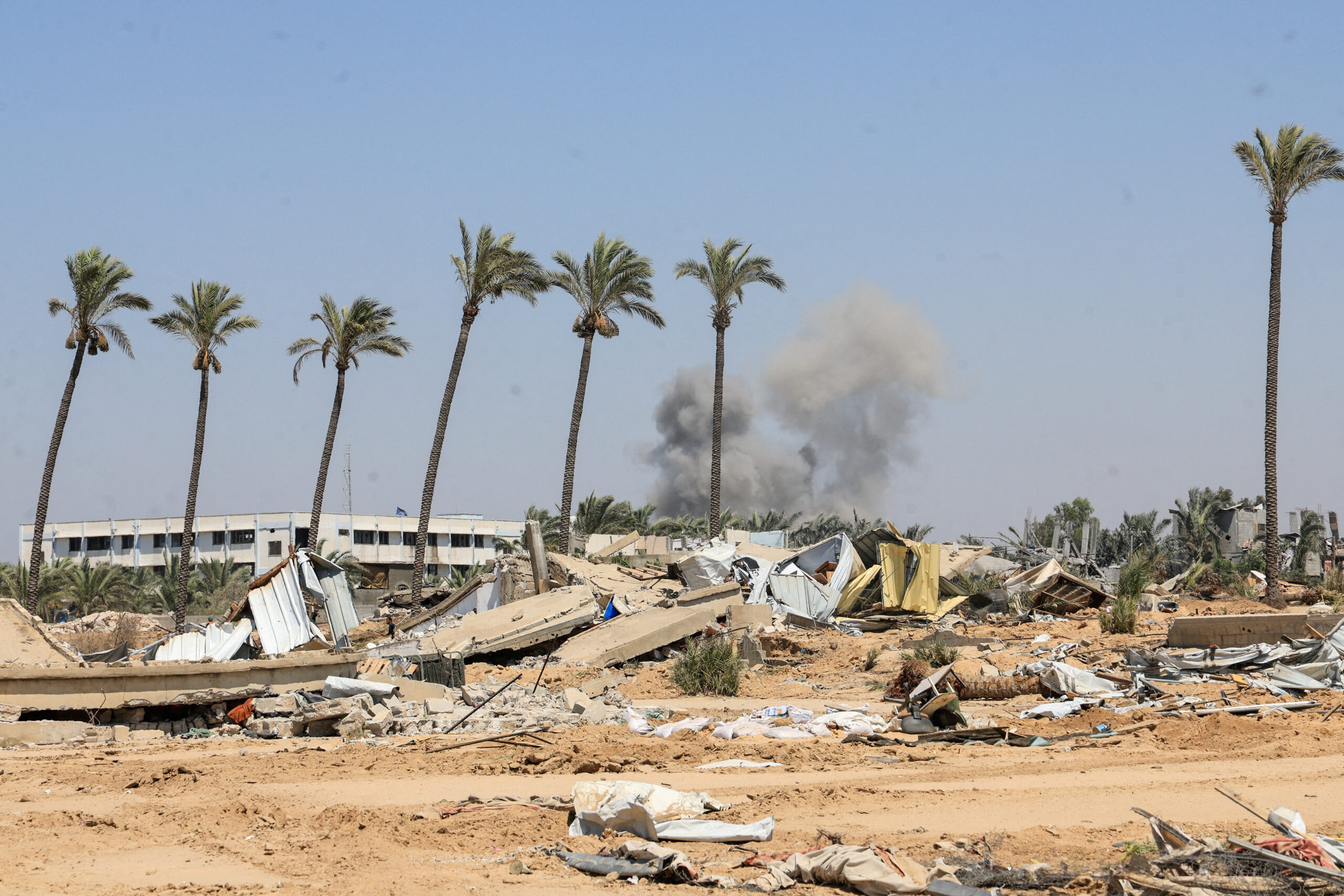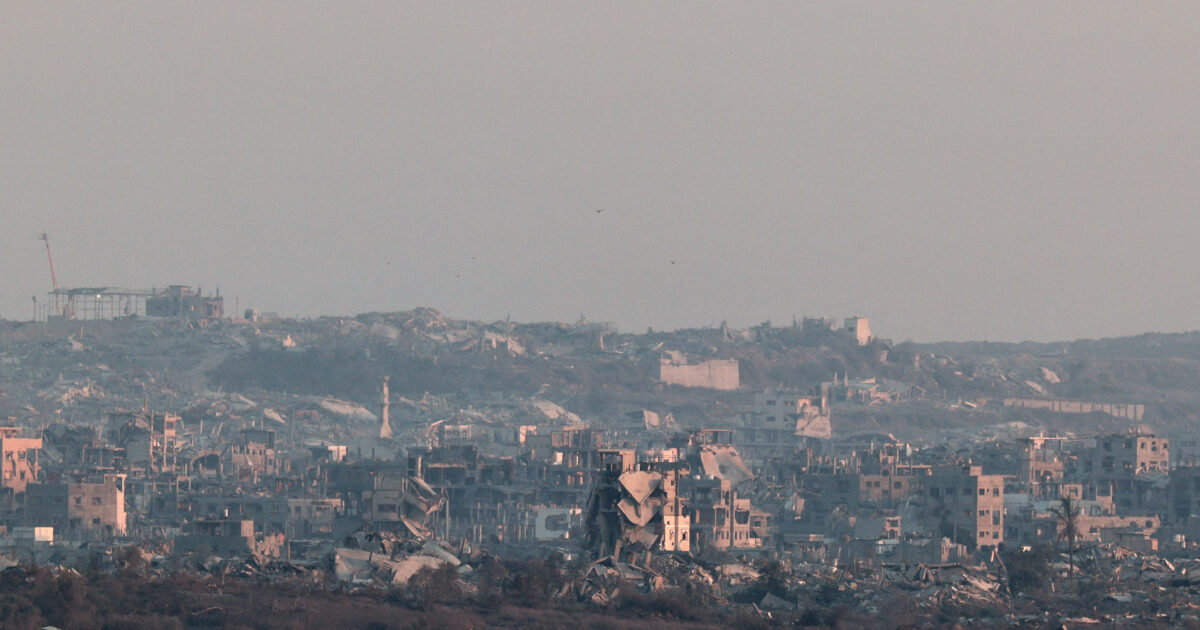After 21 months of war, the lane of Gauze It has been turned into an area full of debris and darkness. According to details of United Nations (UN), about 70% of buildings have been damaged or damaged, burying the enclave below millions of tonnes of ruins and immersing it in the dark.
To date, 59,219 people have been killed in Gaza, mostly civilians, according to the Hamas health ministry. These elements are considered reliable by the United Nations.
The Israeli army continues to ruthlessly bomb the area of 365 square meters. kilometers, in retaliation for Hamas’ attack on Israel on October 7, 2023. That attack claimed the lives of 1,219 people, mainly civilians, according to an AFP report based on Israeli elements.
Across northern #Gazathere is no way of telling where the destruction starts or ends.
No matter from what direction you enter #Gaza City, homes, hospitals, schools, health clinics, mosques, apartments, restaurants – all completely flattened.
An entire society now a graveyard. pic.twitter.com/gnZk0URyQX
— Louise Wateridge (@UNWateridge) November 6, 2024
Million tons of debris
By April 4, 2025, Israeli raids had destroyed or caused damage to 174,500 buildings, according to UNOSAT, the UN satellite analysis service. These disasters have created about 53.5 million tonnes of ruins, that is, ten times the weight of the Pyramid of Heopa. This corresponds to about 146 kg of debris per square meter.
According to the UN, the volume of ruins created since October 2023 is 18 times larger than that caused by Israeli attacks over the past 15 years.


These ruins also have serious health risks. The United Nations Environment (UNEP) program estimates that they contain 3.7 tonnes of asbestos and 2.6 tonnes of toxic waste, mainly from industrial buildings. Many refugee camps-such as Jambalia, Nusyrat, Al-Magazi, Han Junis and Rafa-are very close to infected areas.
Damaged hospitals and full power outage
Many hospitals have been hit by Israeli raids, while the Israeli army accuses Hamas of using them as operational bases. Gaza’s largest hospital, al-Zifa, has become a “empty shell full of graves”, according to the World Health Organization (WHO).
On June 30, only 18 of the 36 hospitals (50%) were partially operating, according to the UN. Of the 163 health institutions, less than 40% (63) still provided medical services.
Even schools, used as shelters for displaced, have suffered enormous damage. According to UNICEF, 501 of the 564 registered schools have been affected, ie almost 9 out of 10. Of these, 95 have suffered serious disasters.


Finally, the electricity in Gaza has been completely interrupted. Prior to the war, the area had an average of 12 hours a day. Now, the network is completely out of service.
The only power plant stopped operating from the first days of the collision due to lack of fuel. The electricity lines from Israel have also been interrupted. In 2022, both sources provided a total of 43% of Gaza’s energy demand.
